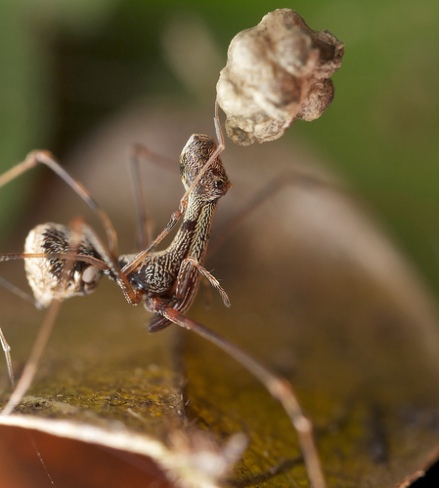We chose something kids of any age could play with. It’s safe, fun, simple, and educational. We ordered this small Rubix Cube online, drew our pictures and printed them on sticker paper from Staples. We split between us certain endangered species to draw. Each marine species is depicted in the center of each side of the cube, surrounded by drawings of the causes for its endangerment. Twisting, mixing, and toying with the Rubix Cube’s endless possibilities reinforces the idea that the causes for endangered species are similar. For instance, oil, fishing hooks or bait, and litter are huge threats to each species. In addition, each side/species are also color-coded to specify the threats to their lives.
Here are a few close-ups of the drawings:


Some of the pictures also hint what you could do to prevent harm to these species. Here are examples:
The Turtle:
1) shield lights or turn them off if your house is on the beach
2) cover up holes on beach (in case hatchlings fall in them)
3) remove litter/furniture/debris (it’ll crush, confuse, or trap hatchlings and their mothers)
4) use red Turtle Safety-Light (it doesn’t disturb hatchlings or nesting mothers)
The dolphin:
1) slow down in your motor/powered boat, for its propellors will cut or kill them
2) DO NOT feed them. It encourages them to rely on humans for food, reducing their wariness to predators or boats and reduces their socialization with other dolphins. It increases their aggression toward humans because they expect food, and it increases chances of them TEACHING other dolphins to rely on humans. They’re hunters, not beggars. Beggar the Dolphin was a good example of human interaction endangering dolphins. He fed on human food like pretzels, beer, hotdogs, etc, which didn’t provide him the nutrients he needed as a dolphin. It starved him, especially whenever he waited and waited for humans to float by. He couldn’t survive with other dolphins because he didn’t know how to socialize with them. He was found dead a week ago with many wounds from encounters with boats, but it was his reliance on humans for food that starved and killed him…
The Manatee:
1) same applies with any marine life: slow down with your motor/powered boat, for its propellors will cut or kill them
2) do not attempt to swim with them for it encourages them to rely on humans for food and care
3) be aware that they can get trapped, crushed, and killed in flood canals





























